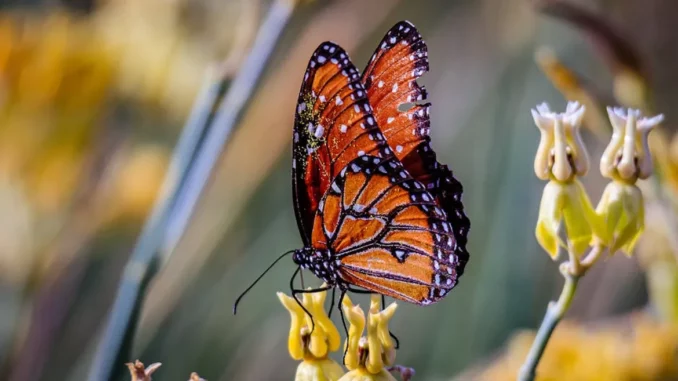
The Subtle Art of Small Space Garden Design: Transforming Constraints into Creative Opportunities
Turn your garden into your private retreat, enjoyable day or night complements of Elegancia.homes.
Designing a garden within the confines of a small space is both a challenge and an opportunity. While limitations may seem restrictive, they also inspire innovation and creativity in design choices. With the right approach, even the tiniest garden can evolve into a captivating oasis that feels far more expansive than its actual dimensions. Here, we explore expert strategies to maximise your small garden’s potential.
1. Embrace Minimalism with Elegance
In the realm of small garden design, minimalism is not merely a trend but a necessity. By adopting a minimalist approach, you prevent the garden from feeling cluttered and overwhelming. Focus on a select few elements and let them truly shine. Consider a restrained colour palette, a curated selection of plant species, or a singular piece of garden art to serve as a focal point.
Minimalism does not equate to monotony. Instead, it invites you to make intentional choices and appreciate the inherent beauty in simplicity. As renowned landscape designer Emma Ridgeway suggests, “In a small garden, each element should serve both a functional and aesthetic purpose, creating a space that feels curated and cohesive.”
2. Create Illusions of Space with Clever Design
Crafting the illusion of a larger space is an art in itself. Mirrors, strategically placed, can reflect light and views, creating an illusion of depth. Vertical gardening, with wall planters or trellises, draws the eye upward, imparting a sense of height and spaciousness.
A cohesive colour scheme further enhances this illusion. Light, neutral hues can open up the space, while deeper tones add a sense of depth. Consider painting walls or fences in soothing shades to amplify the garden’s perceived size.
3. Maximise Functionality with Thoughtful Choices
In a compact garden, every inch is precious. Prioritise multifunctional elements to maximise utility. Benches with built-in storage or vertical planters can save ground space while providing ample room for herbs, flowers, or vegetables.
Contemplate the activities you envision for your garden, be it a serene reading nook, an intimate dining area, or a flourishing vegetable patch. Design the space to accommodate these aspirations, ensuring each feature is both purposeful and pleasing.
4. Use Layers and Levels to Add Depth
Introduce layers and varying levels to infuse your garden with dynamism. Raised beds, terracing, or simply varying plant heights can create a sense of movement and interest. Layers help define distinct areas within the garden, guiding the eye through the space.
When layering, consider the mature size of plants to avoid overcrowding. Employ a mix of textures and colours to generate contrast and captivate interest, as expert gardener Lucy Hawthorne advises, “Diversity in plant height and texture can transform even the simplest garden into a visual masterpiece.”
5. Incorporate Striking Focal Points
Focal points are pivotal in any garden, regardless of size. A piece of art, a water feature, or a particularly striking plant can draw the eye and create intrigue. These elements anchor the design and instil a sense of structure.
Ensure focal points are visible from various angles, including from inside your home, to enjoy the garden from multiple perspectives.
6. Consider the Seasons for Year-Round Beauty
Achieve year-round allure through astute plant selection. Choose species offering seasonal interest—whether through flowers, foliage, or unique structures. Evergreens provide a constant backdrop, while deciduous plants offer vibrant shifts in colour and texture.
Incorporate a variety of bloom times to ensure continuous flowering, enhancing your garden’s beauty and supporting local wildlife.
7. Personalise Your Space with Character
Infuse your garden with personal flair. Small spaces exude charm when they reflect the owner’s tastes and interests. Whether it’s a collection of eclectic planters, a colour scheme reminiscent of your favourite holiday destination, or a cosy nook for morning coffee, let your garden resonate with your personality.
Ultimately, the art of small space garden design lies in making astute choices and realising the space’s full potential. By embracing minimalism, crafting illusions of space, and focusing on functionality, you can transform even the smallest plot into a beautiful and inviting retreat. Remember, it’s not the size of the garden that matters, but the creativity and dedication you invest in it.


Be the first to comment